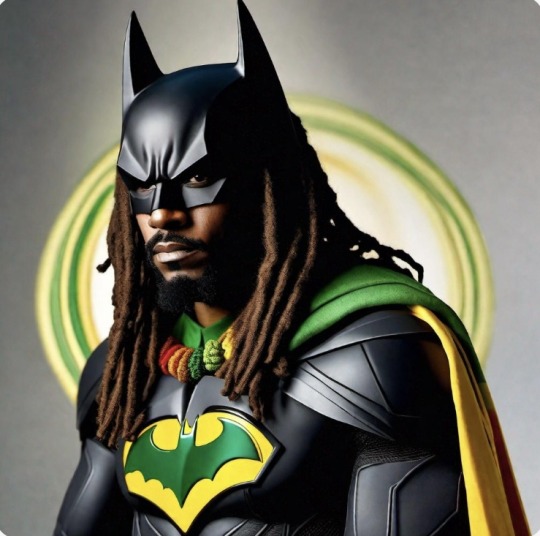#rastaman
Text

Robbie Nesta Marley, Them Belly Full (but we hungry)
306 notes
·
View notes
Text

#black people#black community#black art#original photographers#black culture#black history#black power#artwork#graphic design#black family#black woman#black panther#rasta love#rastafari#rasta#rastaman
99 notes
·
View notes
Text
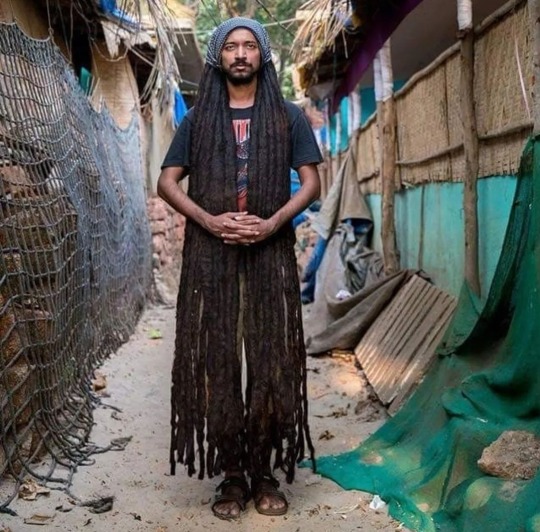
Throwback to when i did some serious photography😐😐😐
God knows why...actually i know why😁
88 notes
·
View notes
Text
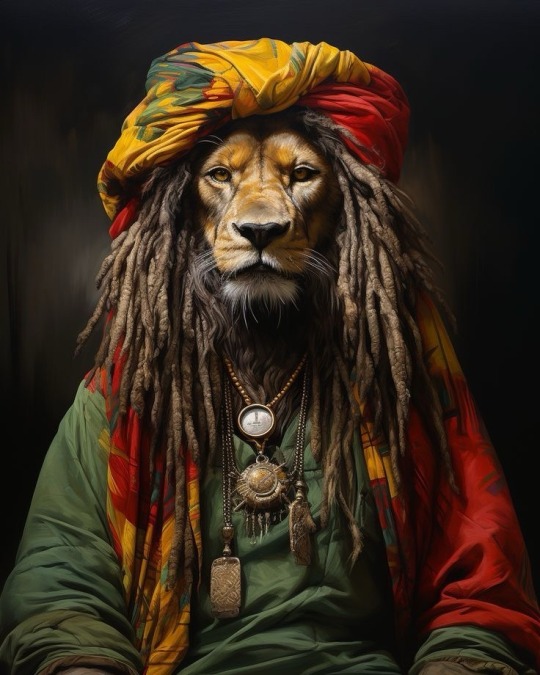
25 notes
·
View notes
Text

Bob Marley's full name is Robert Nesta Marley, though some sources give his birth name as Nesta Robert Marley, with a story that when Marley was still a boy, a Jamaican passport official reversed his first and middle names because Nesta sounded like a girl's name.
Bob Marley died on May 11, 1981 at the age of 36.
116 notes
·
View notes
Text

#batman#black batman#African American Batman#Rastafarian Batman#dreadlock batman#dc comics#rastafari#rastaman#rasta#black tumblr
17 notes
·
View notes
Text



In Jamaican dancehall music, a riddim is the instrumental accompaniment to a song and is synonymous with the rhythm section. Jamaican music genres that use the term consist of the riddim plus the voicing (vocal part) sung by the deejay. A given riddim, if popular, may be used in dozens—or even hundreds—of songs, not only in recordings but also in live performances.
Since the 1970s, riddims have accompanied reggae music and through the 1980s, more widely known as dancehall. As seen in dancehall music, there is a voicing part – sung by the DJ – over some riddim that has probably been widely used in many other songs. There is a unique establishment in the combination of riddims and voicing.
By 1993, Jamaica finally established a copyright act, but producers still face difficulty in establishing profit. Through proper registration, many artists now work on negotiating their royalties and taking it more seriously. The unique nature of dancehall and riddims have been highly influential on the numerous remixes that now circulate throughout R&B and hip-hop music.
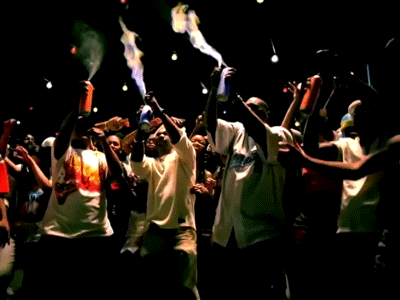
Some classic riddims, such as "Nanny Goat" and "Real Rock" both produced by Clement "Coxsone" Dodd, are essentially the accompaniment tracks of the original 1960s reggae songs with those names. Since the 1980s, however, riddims started to be originally composed by producers/beatmakers, who give the riddims original names and, typically, contract artists to voice over them. Thus, for example, "Diwali" is the name not of a song, but of a riddim created by Steven "Lenky" Marsden, subsequently used as the basis for several songs, such as Sean Paul's "Get Busy" and Bounty Killer's "Sufferer."
"Riddims are the primary musical building blocks of Jamaican popular songs.... At any given time, ten to fifteen riddims are widely used in dancehall recordings, but only two or three of these are the now ting (i.e., the latest riddims that everyone must record over if they want to get them played in the dance or on radio).... In dancehall performing, those whose timing is right on top of the rhythm are said to be riding di riddim.
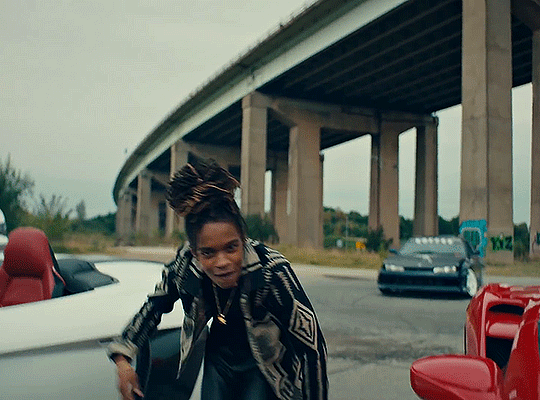
The bass culture of Jamaican sonic sensibilities is characterized with less emphasis on melody and large emphasis on the drum beats and low frequency bass vibrations to draw attention to the social grounding to the culture. These aspects of Jamaican music are expressed visually through the Dancehall choreography and its African inspired folk traditions, which emphasize earthly connection through flat-footed stamping and “bumper-grinding sexually explicit choreography, where the bass note is struck by the body itself—displaying its fecundity and celebrating its fertility”. This bass culture is also embodied sonically by the music's heartbeat, the bass lines often described as riddims, produced in the late 1960s and early 1970s. These riddims offer a sonic foundation on top of which different other sounds are incorporated to form innumerable versions.
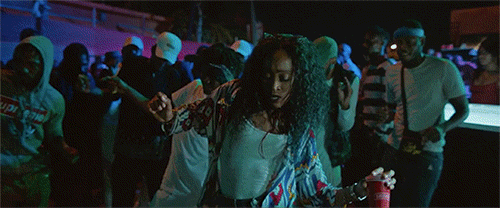
African in origin (see clave (rhythm) and bell pattern), riddims can generally be categorized into three types. One of the oldest types of riddim is the classical riddim providing roots reggae, dub, and lovers rock with instrumentals, such as Bam Bam, produced by Sly & Robbie. The second type is the ragga riddim backing raggamuffin and dancehall songs, such as the Juice riddim, produced by Richard "Shams" Browne. The third type is the digital riddim, such as Sleng Teng, Punaany Riddim & Duck Riddim produced by King Jammy.
A number of riddims take their name and influence from African-Jamaican religious drumming such as the Kumina riddim, created in 2002 by Sly and Robbie, and Burru.

#african#afrakan#kemetic dreams#africans#brown skin#brownskin#afrakans#african culture#afrakan spirituality#african music#riddim#burru#african jamaican#jamaican#jamaica#jamaican music#rastafari#rasta#rastaman#rasta love#dancing rasta
17 notes
·
View notes
Text
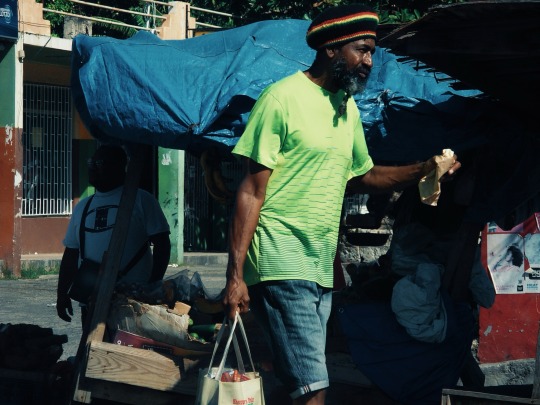
10 notes
·
View notes
Text

Soundsystem / Notting Hill Carnival, London (1988).
130 notes
·
View notes
Text

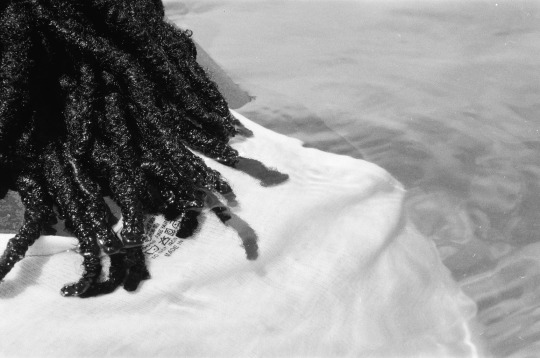
Tajōn. Lucea, Jamaica. 2023.
#jamaica#photography#black and white portrait#black and white photography#rasta#rastafari#rastaman#travel photography#caribbean#water#ocean photography#film#shoot film#35mm film#35mm photography#filmisnotdead#film photography
15 notes
·
View notes
Text
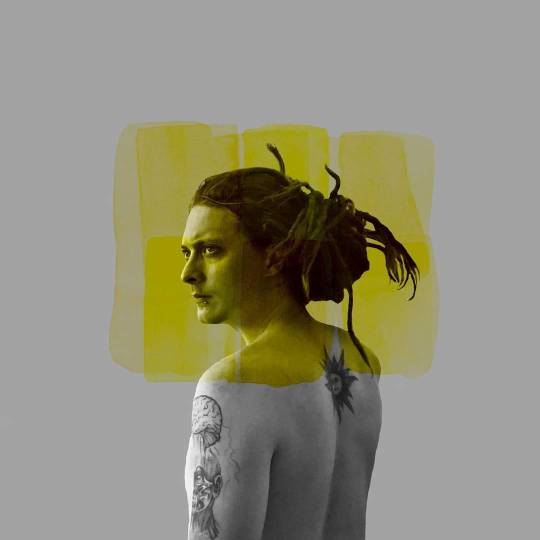
11 notes
·
View notes
Text
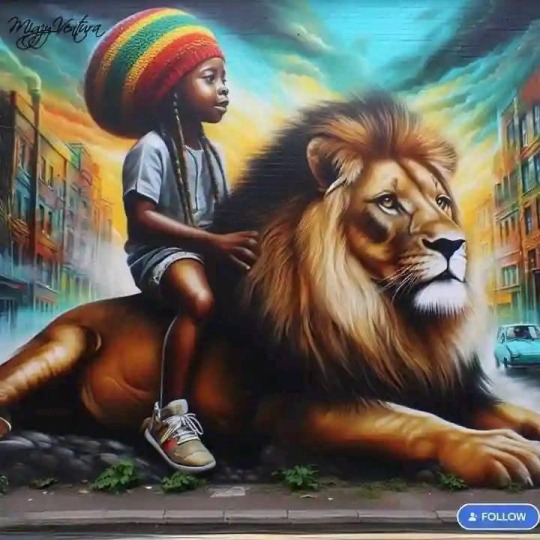
#black community#original photographers#black people#graphic design#black art#black history#artwork#black power#black family#black culture#jamaica#rastafari#rasta love#rasta#rasta queen#rastaman#jamaican#dancehall#reggae#black woman
20 notes
·
View notes
Text
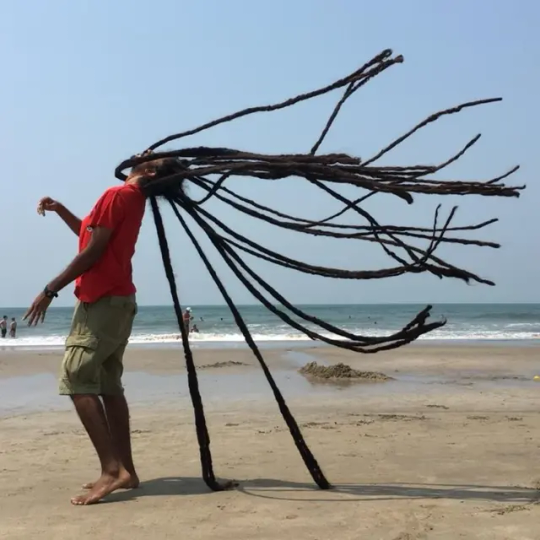

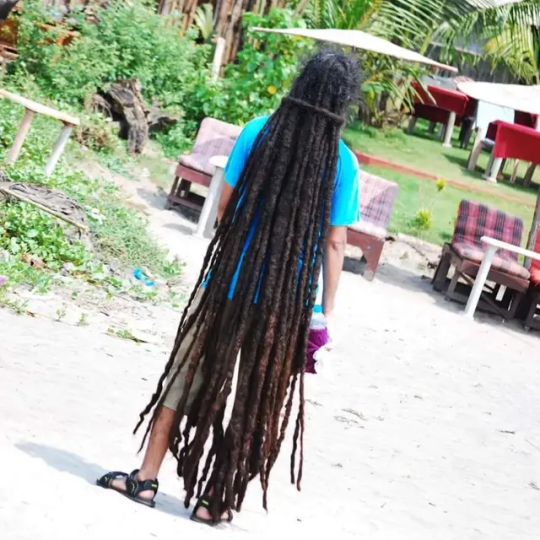
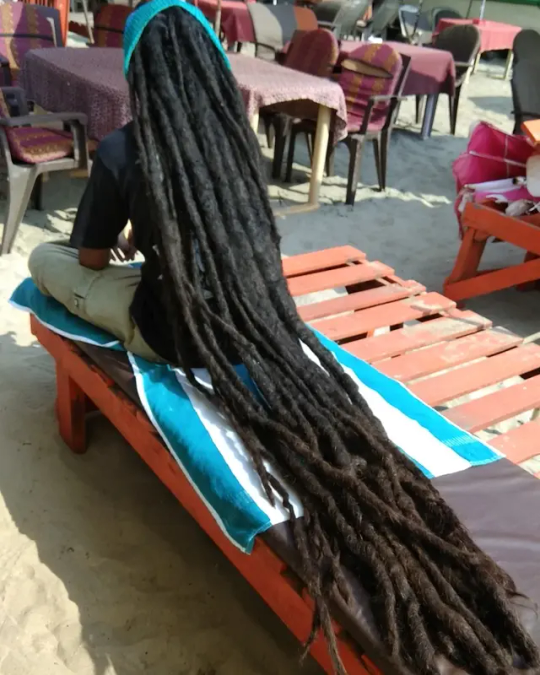



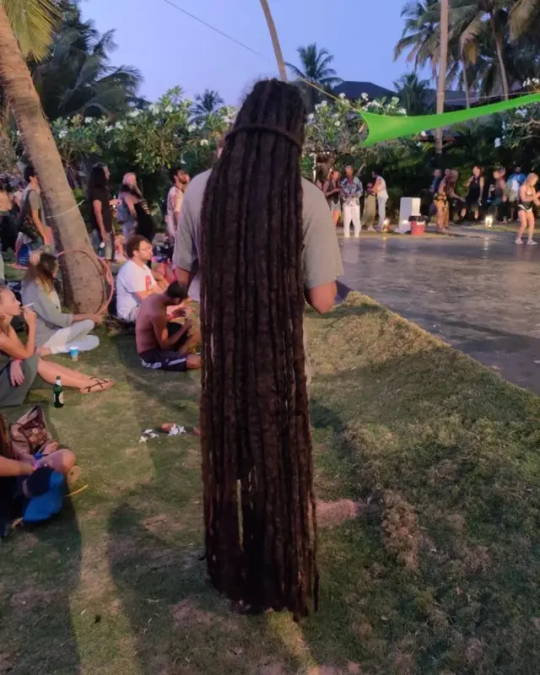
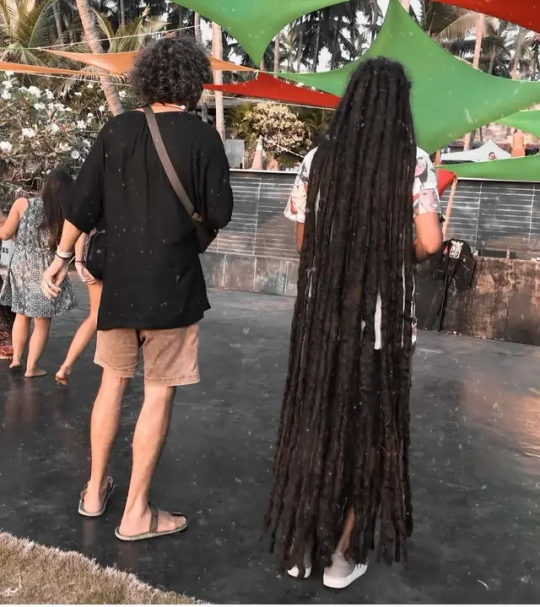

Happy 19th birthday to my babies🧁🎂🥳
Keep Growing n Smiling:))
#dreadlocks#dreads#locs#rasta#hippie#dreadlocs#rastafari#longhair#rastaman#dreadheads#reggae#mumbai#india#goa
95 notes
·
View notes
Text

11 notes
·
View notes
Text
Bigga Haitian website
#music#soundcloud#bigga haitian#empress#reggae#roots#haiti#haitian#rastafari#rastawoman#jah rastafari#rasta#rasta love#rastaman#caribbean
4 notes
·
View notes
